Electricity bills are one of the most important (and most painful) monthly payments of a home, office, production plant or other type of building. No wonder why so many people are looking for ways to reduce their electric costs, especially now during a pandemic, when most of us spend way more time at our homes than we normally do. Finding savings is not difficult at all – all you have to do is educate yourself about ways you can make your home more energy efficient. Our electricians and team of electrical service experts from Wiktorowski Electrical Srvices team will help you with this.
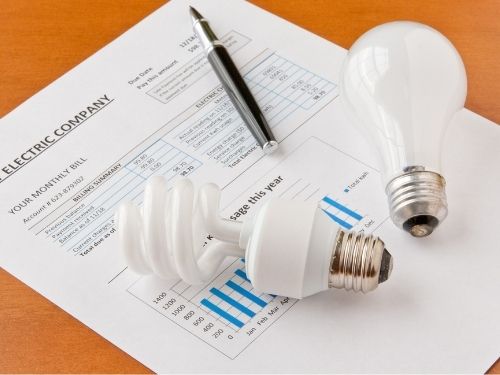 Electricity bills are fixed expenses that both entrepreneurs running their own business and people who use electricity in their homes must bear. Today, many people cannot imagine life without constant access to electronic devices, which are connected to the Internet, household appliances that facilitate everyday household chores, or the operation of production plants without modern equipment. However, we often forget about lighting – artificial light accompanies us so often that we hardly pay attention to it. Meanwhile, it is responsible for a considerable part of electricity consumption, and it significantly impacts the amounts that you see on your electricity bills. To lower them, it is worth investing in energy-efficient lighting.
Electricity bills are fixed expenses that both entrepreneurs running their own business and people who use electricity in their homes must bear. Today, many people cannot imagine life without constant access to electronic devices, which are connected to the Internet, household appliances that facilitate everyday household chores, or the operation of production plants without modern equipment. However, we often forget about lighting – artificial light accompanies us so often that we hardly pay attention to it. Meanwhile, it is responsible for a considerable part of electricity consumption, and it significantly impacts the amounts that you see on your electricity bills. To lower them, it is worth investing in energy-efficient lighting.
Energy-saving bulbs include halogen incandescent, compact fluorescent lamps (CFLs) and LEDs. Our old bulbs have been upgraded and quickly replaced by innovative products, which apart from the obvious advantage of relatively low power consumption, which translates into low energy bills, also heat up less than traditional light bulbs.
Replacing Old Bulbs With Halogen Incandescents
Halogen lamps are considered energy-saving. They’re filled with halogen gas under pressure, thanks to which the filaments in them can reach a higher temperature than if surrounded by argon mixed with nitrogen (used in ordinary bulbs). This does not affect the durability of the light source. Moreover, higher filament temperature translates to better luminous efficacy. In the case of an ordinary 60 W light bulb, it is 11.8 lm/W, and in the case of a linear halogen bulb of the same power – 14 lm/W. Thus, by replacing conventional filament light bulbs with halogen light sources, the same amount of light can be obtained by consuming 15-20% less energy or having a brighter home without increasing its consumption. The average lifetime of a halogen bulb is 1000 hours.
Replacing Traditional Bulbs With Fluorescent Light Bulbs
Greater savings can be achieved by using compact fluorescent lamps (CLFs) as well. They are available as compact fluorescent lamps – with an integrated ignition system and a thread that allows them to be placed in fixtures intended for regular light bulbs. The luminous efficacy of fluorescent lamps is approximately 50 lm/W (you can also find ones with an efficiency of 100 lm/W), so using the one with a power of 11 W, you can get almost as much light as a 60 W bulb. Your energy savings can be about 80%.
CLFs’ service life can vary considerably. Theoretically, it ranges from 6 to 15 thousand hours, however, it is much shorter in the case of placing the fluorescent lamp in a hermetically sealed luminaire. Frequent switching on and off also accelerates the wear of the fluorescent lamp. It is worth taking into account that their use causes disturbances in the electrical network, which worsens the quality of energy available in the power supply system.
Replacing Bulbs With LEDs
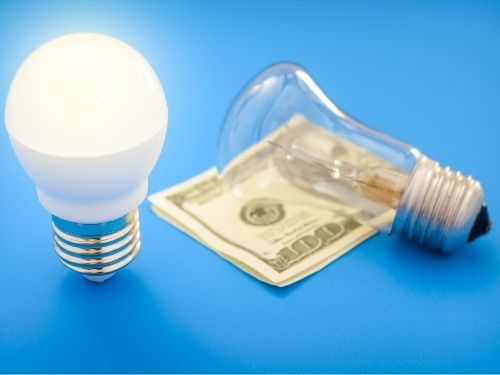 LED bulbs are currently the most in demand in the lighting market, and their prices have now declined to a point that every sector relies on LEDs as the most economical choice. They can be mounted in all popular types of lighting fixtures with standard size E26 screw-mount. They are also sold in the form of self-adhesive tapes. Generally, flat SMD diodes of various sizes and luminous efficacy are used in LED lamps. The most common SMD 3528 and larger 5050 generate about 80 lm/W (large Power LED diodes have an indicator of nearly 200 lm/W, but are very expensive). The larger the dimensions, the greater the power, so the same amount of light is obtained from a smaller number of LEDs. Compared to ordinary light bulbs, diodes with an indicator of 80 lm/W consume 85% less energy.
LED bulbs are currently the most in demand in the lighting market, and their prices have now declined to a point that every sector relies on LEDs as the most economical choice. They can be mounted in all popular types of lighting fixtures with standard size E26 screw-mount. They are also sold in the form of self-adhesive tapes. Generally, flat SMD diodes of various sizes and luminous efficacy are used in LED lamps. The most common SMD 3528 and larger 5050 generate about 80 lm/W (large Power LED diodes have an indicator of nearly 200 lm/W, but are very expensive). The larger the dimensions, the greater the power, so the same amount of light is obtained from a smaller number of LEDs. Compared to ordinary light bulbs, diodes with an indicator of 80 lm/W consume 85% less energy.
Research shows that good-quality LEDs can shine for up to 100,000 hours, but the service life of those that are available in stores at an attractive price, can be ten times shorter. Many of them fail after just a few months, so it’s important to invest in high-quality products.
Comparisons between Traditional Incandescents, Halogen Incandescents, CFLs, and LEDs*
|
Comparisons between Traditional Incandescents, Halogen Incandescents, CFLs, and LEDs |
||||||
| 60W Traditional Incandescent | 43W Energy-Saving Incandescent |
15W CFL | 12W LED | |||
| 60W Traditional | 43W Halogen | 60W Traditional | 43W Halogen | |||
| Energy $ Saved (%) | – | ~25% | ~75% | ~65% | ~75%-80% | ~72% |
| Annual Energy Cost* | $4.80 | $3.50 | $1.20 | $1.00 | ||
| Bulb Life | 1000 hours | 1000 to 3000 hours | 10,000 hours | 25,000 hours | ||
*Source: https://energy.gov
**Based on 2 hrs/day of usage, an electricity rate of 11 cents per kilowatt-hour, shown in U.S. dollars.
Summary
Replacing traditional light bulbs with LED bulbs is certainly the easiest way to reduce your electricity bills. Their use does not require changing the electrical installation – it is enough to replace traditional light sources with LED ones. According to professional electricians, this solution will allow savings of up to 85%, especially if LED bulbs will work in those rooms where artificial lighting is used during the day for a long time. The installation of this type of light sources will reduce electricity bills not only in private residents, but also large production plants, offices, enterprises, and even in the case of street lighting. The use of LED lamps will therefore be an excellent solution wherever high quality lighting is important, while at the same time reducing electricity costs.
Expert Residential Electrician Chicago
 If you want to learn more about making your home more energy-efficient give us a call to schedule an electrical inspection to ensure your current system can handle new, energy-saving appliances and equipment. Hiring a licensed electrician is a good idea as it allows you to get safe electrical work that will be done safely and properly.
If you want to learn more about making your home more energy-efficient give us a call to schedule an electrical inspection to ensure your current system can handle new, energy-saving appliances and equipment. Hiring a licensed electrician is a good idea as it allows you to get safe electrical work that will be done safely and properly.
At Wiktorowski Electrical Services we offer:
- Residential and Commercial Indoor Lighting
- Incandescent, fluorescent, low voltage and HID lighting
- Recessed lighting
- Track lighting
- Light fixture installations
- Ceiling fan installations
- Dimmer switch installations
- Manual and automated lighting control and dimming
- Wiring device changes
- Best-in-Class Comprehensive Generator Services
and many more…
Contact our licensed electricians today!

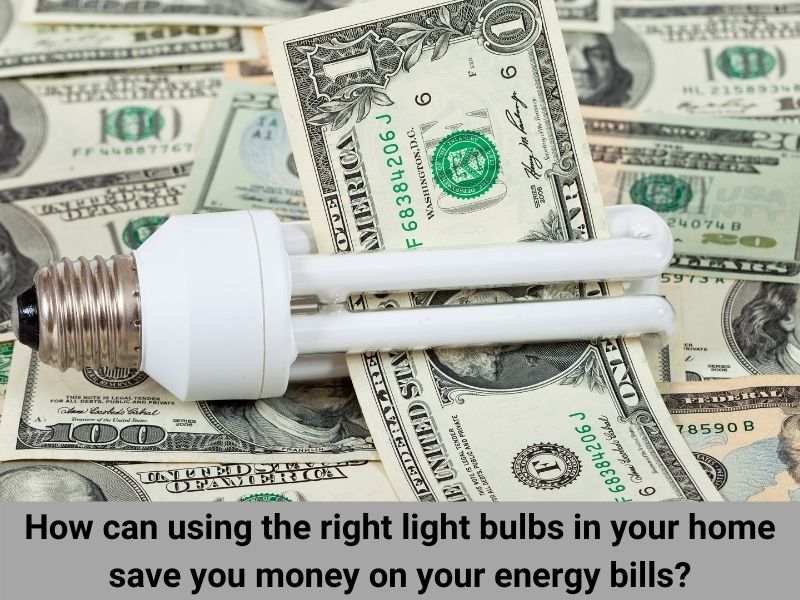
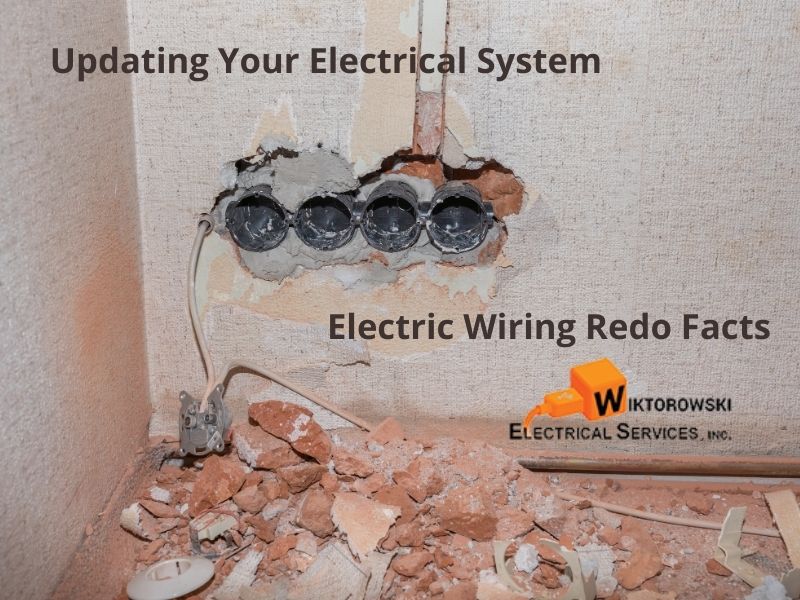
 Hiring premium
Hiring premium 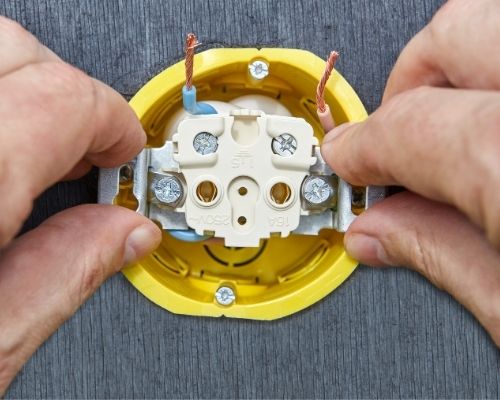 The last stage of upgrading the electrical system is the installation of sockets, fuses, and, at the customer’s request, lamps, lighting fixtures and switches. The type of protection on specific elements of the installation, the size of the circuit breakers, the components minimizing the effects of electric shock, etc. are selected by the electrician who installs the system.
The last stage of upgrading the electrical system is the installation of sockets, fuses, and, at the customer’s request, lamps, lighting fixtures and switches. The type of protection on specific elements of the installation, the size of the circuit breakers, the components minimizing the effects of electric shock, etc. are selected by the electrician who installs the system.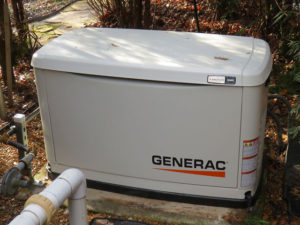 Generator replacement can be a good idea when you’re rewiring your entire electrical system. Over the previous years headways in innovation have made modern generators more intelligent, efficient, more reliable, and better looking. While equipment prices may have gone up, installation expenses might not be as high, if sufficient devices, wirings, and installations have been previously set up.
Generator replacement can be a good idea when you’re rewiring your entire electrical system. Over the previous years headways in innovation have made modern generators more intelligent, efficient, more reliable, and better looking. While equipment prices may have gone up, installation expenses might not be as high, if sufficient devices, wirings, and installations have been previously set up.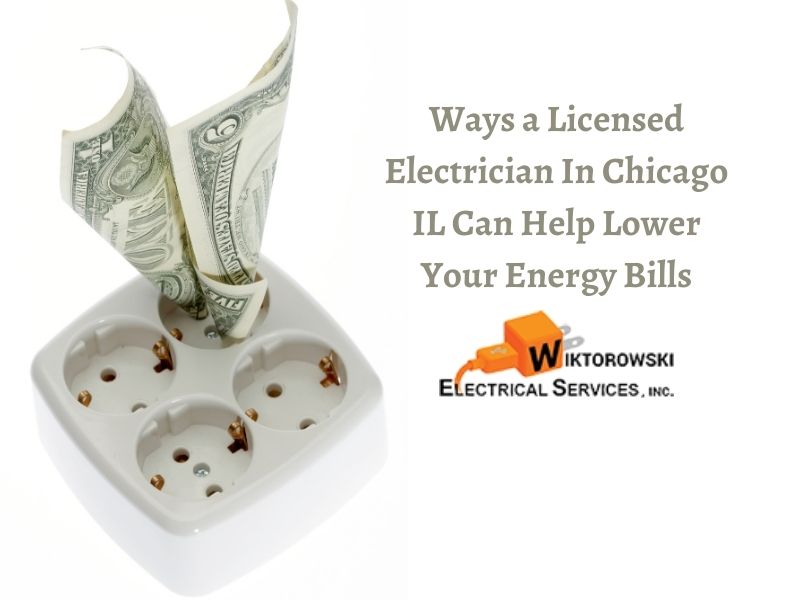
 The amount of energy consumed by electrical devices is indicated by their energy class. Ecologists and supporters of energy saving should avoid all devices with an energy class lower than A. Especially that most of the devices currently produced are, in fact, energy-efficient. This applies to refrigerators, washing machines and dishwashers, and therefore the biggest eaters of electricity. Refrigerator manufacturers usually tell you what their annual energy consumption is, so it’s easy to find the most energy-efficient appliance.
The amount of energy consumed by electrical devices is indicated by their energy class. Ecologists and supporters of energy saving should avoid all devices with an energy class lower than A. Especially that most of the devices currently produced are, in fact, energy-efficient. This applies to refrigerators, washing machines and dishwashers, and therefore the biggest eaters of electricity. Refrigerator manufacturers usually tell you what their annual energy consumption is, so it’s easy to find the most energy-efficient appliance.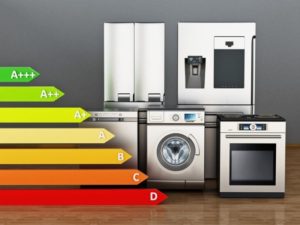 Place your fridge away from heat sources – primarily from the radiator, stove and oven – and protect it from sunlight. Air must circulate freely around the refrigerator (especially at the rear). It should also have sufficiently large ventilation grilles that cannot be covered with anything. The lack of ventilation extends the operating cycles of the aggregate, which means that the refrigerator can use up to several times more energy. Also, the condenser on the rear of the refrigerator must be regularly cleaned of dust and defrosted. Dust and ice hinder heat transfer, which means the refrigerator uses more electricity. To reduce the formation of frost, do not place warm food in your fridge. In order not to unnecessarily heat its interior, it must be opened as rarely as possible and for the shortest possible time. When you want to defrost food from the freezer, put it in the fridge, of course, in advance. Because the food is very cold, it will receive heat from the fridge’s interior and relieve the work of the aggregate, thus reducing the energy consumption of the refrigerator.
Place your fridge away from heat sources – primarily from the radiator, stove and oven – and protect it from sunlight. Air must circulate freely around the refrigerator (especially at the rear). It should also have sufficiently large ventilation grilles that cannot be covered with anything. The lack of ventilation extends the operating cycles of the aggregate, which means that the refrigerator can use up to several times more energy. Also, the condenser on the rear of the refrigerator must be regularly cleaned of dust and defrosted. Dust and ice hinder heat transfer, which means the refrigerator uses more electricity. To reduce the formation of frost, do not place warm food in your fridge. In order not to unnecessarily heat its interior, it must be opened as rarely as possible and for the shortest possible time. When you want to defrost food from the freezer, put it in the fridge, of course, in advance. Because the food is very cold, it will receive heat from the fridge’s interior and relieve the work of the aggregate, thus reducing the energy consumption of the refrigerator.